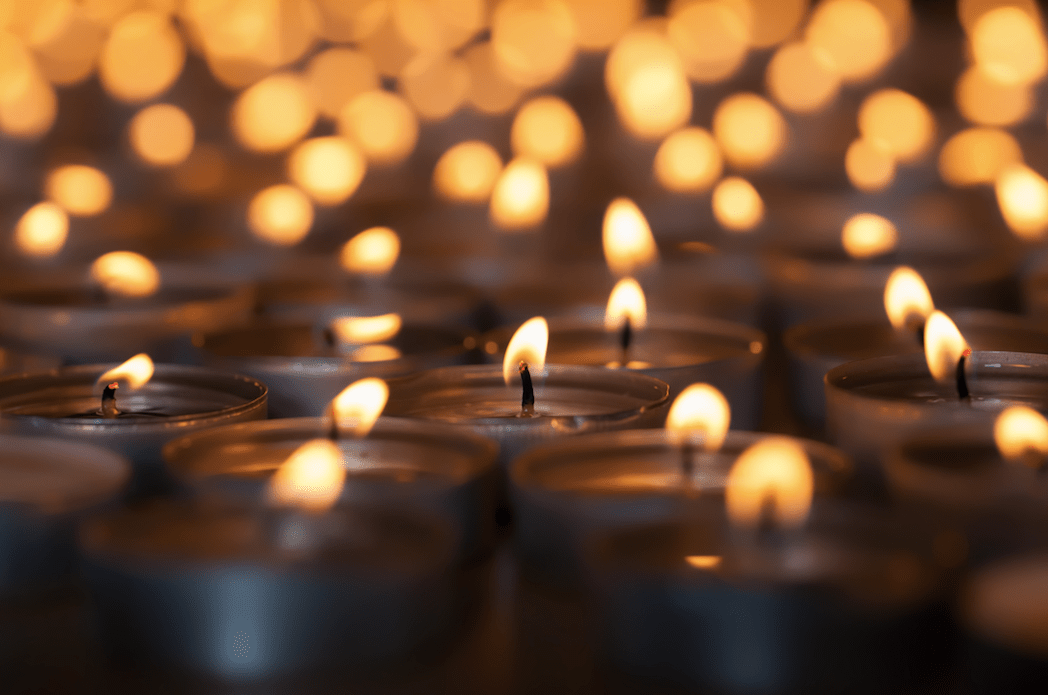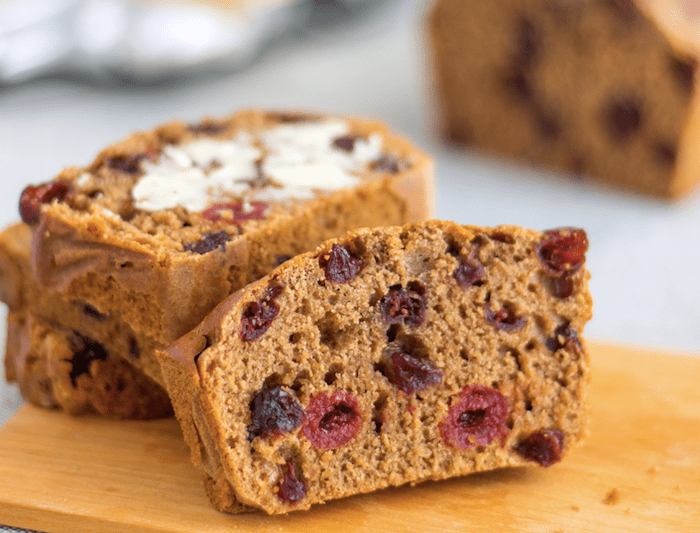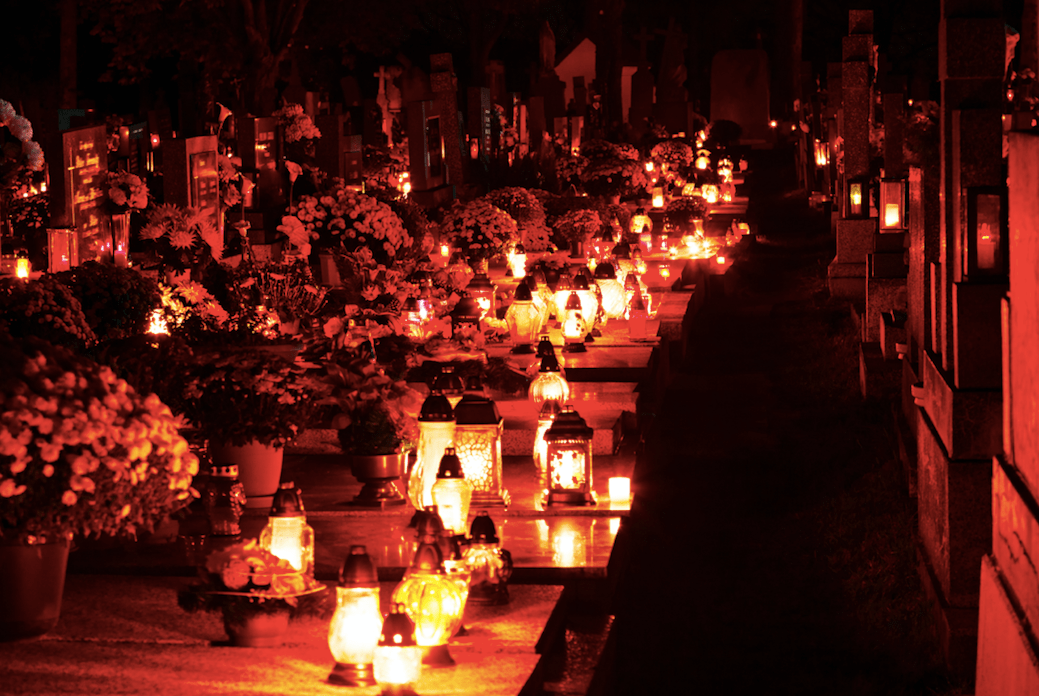Whether it’s climbing into a pumpkin costume or adding some fake blood to your face, Halloween is a holiday that is celebrated all over the world. Falling on October 31st each year, Halloween is often a time for people to get dressed up and to root through their trick or treat bucket to see what sweets they’ve collected from their neighbours down the street. However go back 2,000 years and Halloween was very different to what is today.
The History of Halloween
The word Halloween means ‘holy evening’ and refers to the evening before All’ Hallows Day on the 1st of November. It is believed that Halloween traditions began from Celtic Harvest Festivals and that these festivals had pagan roots. The festival known as Samhain is often identified as being christianized as Halloween by the early Church.
Traditional Christian observances included lighting candles for the dead and placing them on their graves, attending church services and some traditions prevented Christians from eating meat on the evening before All’ Hallows Day.

Common symbols associated with Halloween, such as Jack-o’-lanterns which are often carved and placed outside homes, were traditionally carried around to scare away evil spirits. Immigrants to North America brought about the tradition of pumpkin carving in the mid 1800s, in Ireland and Scotland turnips were often used in their place.
Traditions over the world
Ireland - Still today, bonfires are lit, particularly in rural areas. A traditional food that is still eaten today is something called a Barmbrack which is essentially like a fruitcake that can be bought or baked. An old Irish card game is also still popular in Ireland, where a child chooses a card and underneath each card is either a piece of candy or a coin which they can keep.

France - France do not actually celebrate Halloween in the same way as other nations. Instead, France use this date to commemorate people that have died and their departed ancestors. Halloween was pretty much unknown by people in France until American style Halloween culture appeared in Paris in the shape of the American Dream Bar who started celebrating in 1982. It wasn’t until 1996 that Halloween really became a recognised event by the French.
Japan - Not celebrated on the 31st October but in July and August, dependent on the solar and lunar calendars, the Japanese celebrate a festival known as Obon. Obon is dedicated to the spirits of ancestors and it is believed that during this period the ancestors spirits return to this world in order to visit their relatives. Traditionally red lanterns are hung in homes and are sent along the rivers with lit candles placed inside them to help guide the ancestors back to their world. During this celebration family members keep the pathways from the graves of their ancestors to their homes clean by sweeping away any leaves or stones.

Sweden - Halloween in Sweden is known as "Alla Helgons Dag" which translates to All’ Hallows Day. It is celebrated from October 31st to the 6th of November each year. Most Halloween festivities were imported from the US and it wasn’t until the 1990s that Halloween was really celebrated. It is primarily known as a day of remembering the deceased and many will go and visit their local cemeteries, bringing flowers and candles and laying them on graves.
Mexico - Halloween in Mexico is known as "El Dia de los Muertos" which translates to days of the dead. The celebration lasts 3 days and originally, in prehistoric Mexico, was created to celebrate children and also the deceased. It is an enjoyable occasion and encourages people to remember the friends and family that they have lost. Many believe that their deceased loved ones return to their homes on Halloween. Families will put on a buffet consisting of the favourite food, drink and any other favourite memorabilia of the person returning. Ceremonies are held in church where prayers are exchanged amongst friends and family and candles are lit to further honor the ones they have lost.

Living DNA Halloween
This year, our Living DNA family will celebrate Halloween by hosting a fun filled team day at our office in Frome. The day will be full of activities with a pumpkin carving competition, apple bobbing challenge and awards for the best costumes. Keep your eyes peeled for some scary snaps this October 31st!
